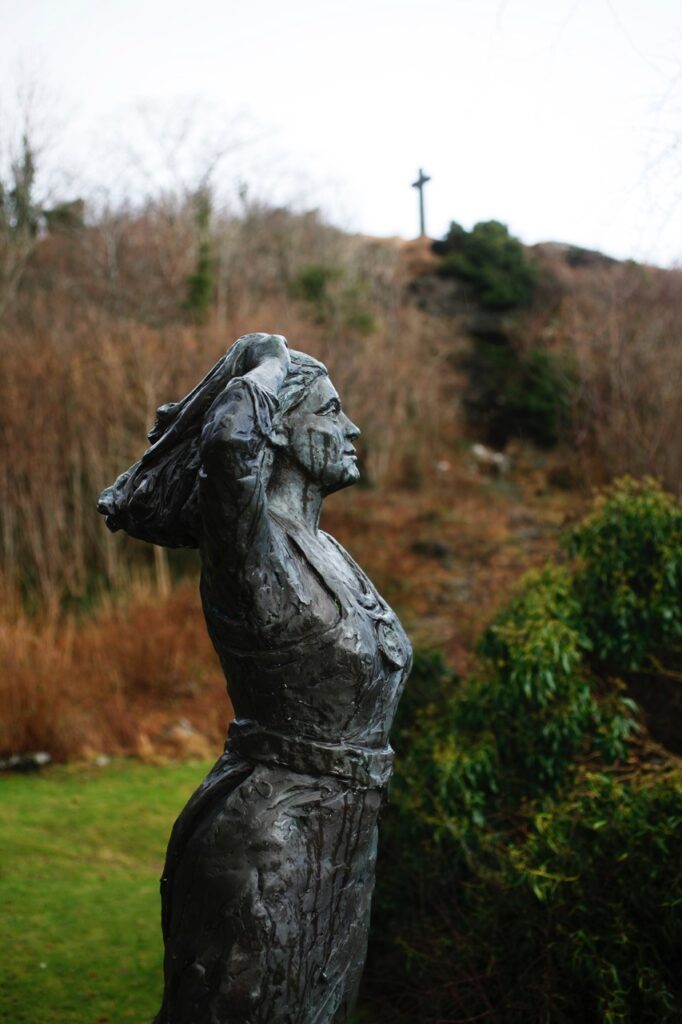Tora Mostrastong
Thora Mostaff
Tora Mostrastong vert omtalt av Snorre. Ho høyrde til ei av dei gjævaste ættene på Vestlandet i vikingtida, Horda-Kåre ætta, og kom frå Moster.
Tora tyder den «kjempesterke». Ho var ei staut og vakker kvinne og truleg høgreist og stolt i og med tilnamnet ”Mostrastong”. Som ung jente kom ho i teneste hos Harald Hårfagre som var konge i Noreg ca. 872-933. Ho vart ei av frillene hans og fekk ein son med han då Harald Hårfagre nærma seg 70 år. Denne guten fekk namnet Håkon Haraldson Adalsteinsfostre.
Tora Mostrastong viste både mot og handlekraft då ho krevde sin rett overfor barnefaren Harald Hårfagre. Ho sørgde også for å få henta sonen heim frå England for å overta kongsmakta i Noreg.

Eigenskapane til Tora blir heidra kvart år i Moster Amfi gjennom utdeling av Toramostrastongprisen ved foreninga Tora Mostrastong. Æresprisen går til ei kvinne i Noreg som over tid har synt stor vilje og evne til positiv samfunnsinnsats.



